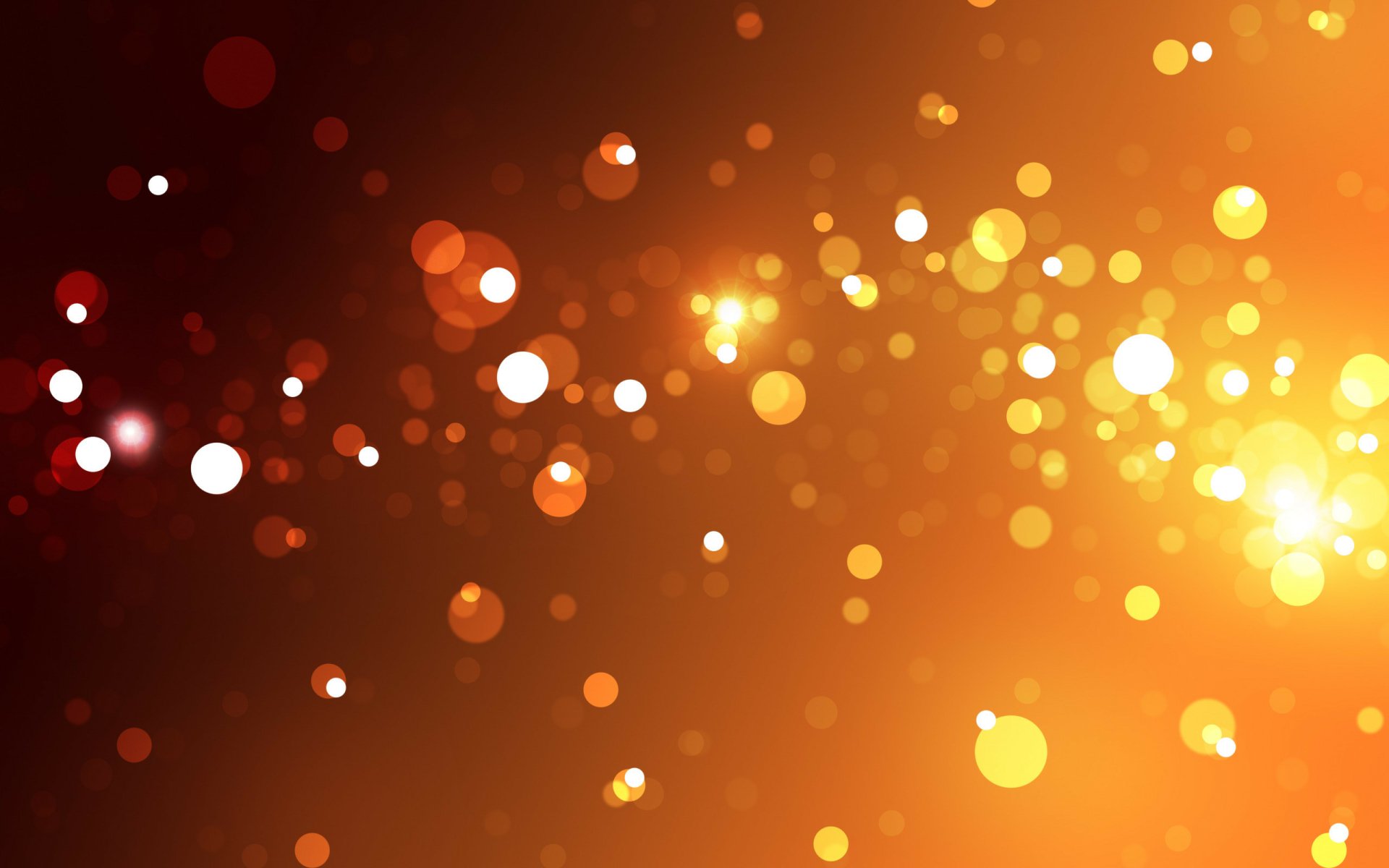So, you're here to learn about "bokeh" right? Like, what exactly is this Japanese word all about and why does it seem to pop up everywhere from photography blogs to art galleries? Well, my friend, buckle up because we're diving deep into the origins and meanings of this fascinating term. Bokeh is not just some random buzzword; it's a concept that has captured the hearts of photographers and creatives worldwide. Let's get started, shall we?
If you've ever scrolled through Instagram or Pinterest, chances are you've come across those dreamy, blurry backgrounds in photos. That, my friend, is what we call bokeh. But hold on, it's not just about blurry pics. The word itself carries a rich history and cultural significance that we'll be exploring today. Stick around, because this journey is going to be both informative and fun.
Before we jump into the nitty-gritty details, let me just say that understanding bokeh goes beyond just knowing its definition. It's about appreciating the artistry behind it and how it's evolved over time. Whether you're a photography enthusiast or simply curious about language, this article is for you. Let's dive in!
- The Ultimate Guide To Legal Streaming Vegamovies Mp4moviez Hindi Films And Filmyzilla
- Diva Flawless More Onlyfans Content Unveiling The Truth Behind Leaks
What Exactly is Bokeh?
Alright, let's start with the basics. Bokeh refers to the aesthetic quality of the blur produced in the out-of-focus parts of an image. It's that soft, creamy background you often see in portraits or product shots. But here's the kicker—it's not just any blur. Bokeh is all about creating a pleasing and artistic effect that enhances the overall composition of a photo.
Now, why does bokeh matter so much? Well, it adds depth and dimension to images, making them pop in ways that sharp, focused photos sometimes can't. It's like adding a layer of magic to your photography. And trust me, once you start paying attention to bokeh, you'll notice it everywhere!
The Japanese Roots of Bokeh
So, where does this magical word come from? Bokeh originates from the Japanese word "boke" (ボケ), which roughly translates to "blur" or "haze." In Japanese culture, the term has been used for centuries to describe visual effects that create a sense of softness or lack of focus.
- Aditi Mistry Nip Slip What Happened Why It Matters And The Bigger Picture
- Johnny Rodriguez Estimated Net Worth Is He Rich Or Poor
Interestingly, the concept of bokeh isn't just limited to photography. In traditional Japanese art, artists have long used techniques to create similar effects in paintings and calligraphy. It's all about capturing the essence of a moment without being too rigid or precise.
How Bokeh Made Its Way Into Photography
Fast forward to the early 20th century, and bokeh started gaining traction in the world of photography. Credit goes to a Japanese optics company called Nikon, which popularized the term in their camera manuals. From there, it spread like wildfire, becoming a staple in photography jargon.
But here's the thing—bokeh isn't just about the gear you use. Sure, having a fancy lens helps, but it's the understanding of how light interacts with your camera that truly makes a difference. We'll dive deeper into that later, but for now, let's keep rolling.
Breaking Down the Meaning of Bokeh
Now that we know where bokeh comes from, let's break down its meaning. At its core, bokeh is all about creating a visually appealing blur. But what makes good bokeh? It's not just about how blurry something is—it's about the quality of the blur.
Think about it like this: imagine you're looking at a photo with a blurred background. If the blur is smooth and circular, it enhances the image. But if it's jagged or distracting, it takes away from the overall effect. That's why photographers spend so much time perfecting their bokeh game.
Key Characteristics of Bokeh
Here are some key characteristics that define great bokeh:
- Smooth Transitions: The blur should transition seamlessly from the subject to the background.
- Round Shapes: Bokeh spots should appear round and soft, not harsh or angular.
- Color Harmony: The colors in the blurred areas should complement the main subject.
- Depth Perception: Bokeh should enhance the sense of depth in an image, making it feel more three-dimensional.
These elements might sound simple, but mastering them takes practice and patience. And hey, that's part of the fun, right?
Why Bokeh is So Popular in Photography
Let's talk about why bokeh has become such a big deal in photography. For starters, it adds a layer of sophistication to images. Whether you're shooting portraits, landscapes, or even food, bokeh can elevate your work to the next level.
Another reason bokeh is so popular is its versatility. It works across all genres of photography, from weddings to wildlife. Plus, with the rise of social media, having that "Instagram-worthy" bokeh effect has become almost essential for photographers looking to stand out.
The Science Behind Bokeh
So, how does bokeh actually work? It all comes down to physics. When light passes through a camera lens, it interacts with the aperture to create different effects. The shape and size of the aperture determine how the light is scattered, which in turn affects the quality of the bokeh.
For example, lenses with more aperture blades tend to produce smoother, rounder bokeh spots. That's why professional photographers often invest in high-quality lenses that offer superior bokeh performance. But don't worry—if you're just starting out, there are plenty of affordable options that can still deliver great results.
Bokeh in Art and Culture
While bokeh is most commonly associated with photography, its influence extends far beyond the lens. In Japanese art, the concept of bokeh has been used for centuries to evoke emotions and create immersive experiences.
Take traditional Japanese paintings, for instance. Artists often use techniques like ink washes and layered brushstrokes to create soft, blurred backgrounds. These methods are similar to how photographers achieve bokeh in their images. It's all about creating a sense of depth and movement without overwhelming the viewer.
Modern Interpretations of Bokeh
In today's digital age, bokeh has taken on new forms. From smartphone apps to virtual reality experiences, the concept of bokeh continues to evolve. For example, many smartphones now offer "bokeh mode," which simulates the effect using computational photography.
But here's the thing—while technology has made bokeh more accessible, it hasn't diminished the artistry behind it. In fact, it's opened up new possibilities for creatives to experiment and innovate. And that's what makes bokeh so exciting—it's a timeless concept with endless potential.
Practical Tips for Achieving Great Bokeh
Alright, let's get practical. If you're eager to start experimenting with bokeh, here are some tips to help you get started:
- Use a Wide Aperture: A lower f-stop number (like f/1.8 or f/2.8) will create a shallower depth of field, resulting in better bokeh.
- Distance Matters: Keep your subject close to the camera while keeping the background far away. This increases the separation between the subject and the background, enhancing the bokeh effect.
- Play with Light: Bokeh looks best when there are small points of light in the background. Think fairy lights, city lights, or even reflections on water.
- Experiment with Lenses: Different lenses produce different types of bokeh. Try out various lenses to see which one works best for your style.
Remember, practice makes perfect. The more you experiment with bokeh, the better you'll become at achieving the desired effect.
Common Misconceptions About Bokeh
Before we wrap up, let's address some common misconceptions about bokeh. For one, many people think that only expensive lenses can produce good bokeh. While it's true that high-end lenses often offer superior performance, there are plenty of affordable options that can still deliver great results.
Another misconception is that bokeh is only for portraits. In reality, bokeh can enhance any type of photo, from macro shots to architectural photography. It's all about understanding how to use it effectively in different contexts.
Debunking the "Bokeh is Just Blur" Myth
One of the biggest myths about bokeh is that it's just another word for blur. But as we've discussed, bokeh is so much more than that. It's about the quality of the blur, the way it interacts with the subject, and how it enhances the overall composition of an image.
So, the next time someone tells you that bokeh is just fancy blur, you can confidently correct them. Bokeh is an art form in its own right, and understanding it can take your photography to the next level.
Conclusion: Embrace the Magic of Bokeh
And there you have it—a deep dive into the origins and meanings of the Japanese word bokeh. From its roots in traditional Japanese art to its modern-day applications in photography, bokeh continues to captivate and inspire creatives around the world.
As you embark on your own bokeh journey, remember to keep experimenting and pushing the boundaries of what's possible. Whether you're a seasoned pro or just starting out, the beauty of bokeh lies in its ability to transform ordinary images into something extraordinary.
Now, it's your turn! Leave a comment below and let me know what you think about bokeh. Are you a fan? Or do you prefer sharp, focused images? Either way, I'd love to hear your thoughts. And don't forget to share this article with your friends—let's spread the bokeh love!
Table of Contents
- What Exactly is Bokeh?
- The Japanese Roots of Bokeh
- How Bokeh Made Its Way Into Photography
- Breaking Down the Meaning of Bokeh
- Key Characteristics of Bokeh
- Why Bokeh is So Popular in Photography
- The Science Behind Bokeh
- Bokeh in Art and Culture
- Modern Interpretations of Bokeh
- Practical Tips for Achieving Great Bokeh
- Common Misconceptions About Bokeh
- Unleashing The Power Of Vegamovies Alternatives Where To Stream Movies And Tv Shows
- Dive Into The World Of Cinema Explore Allmovieshub


